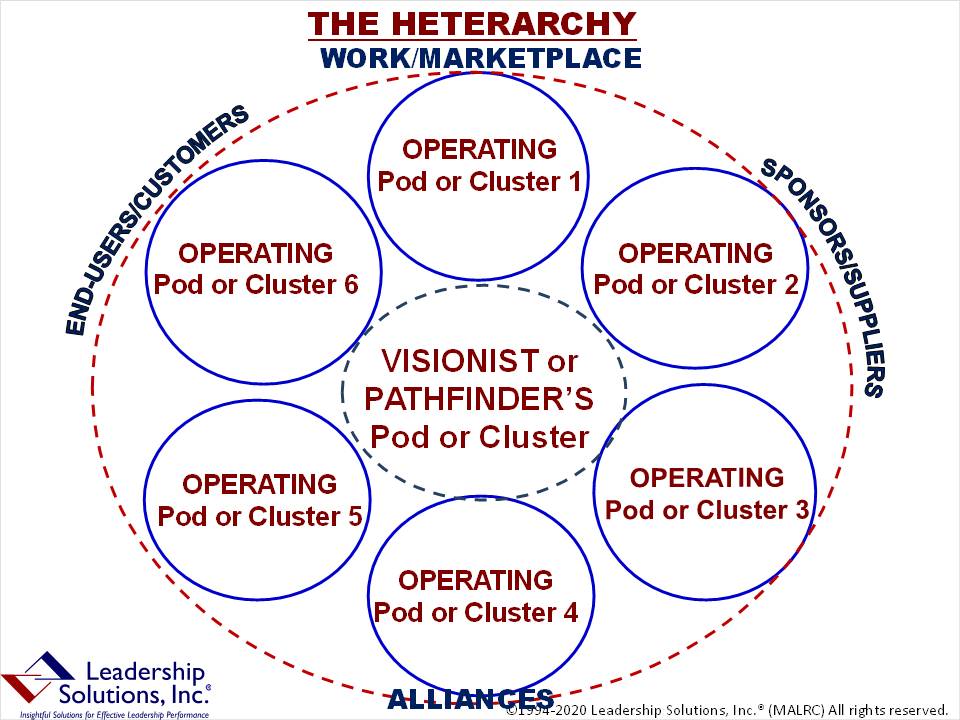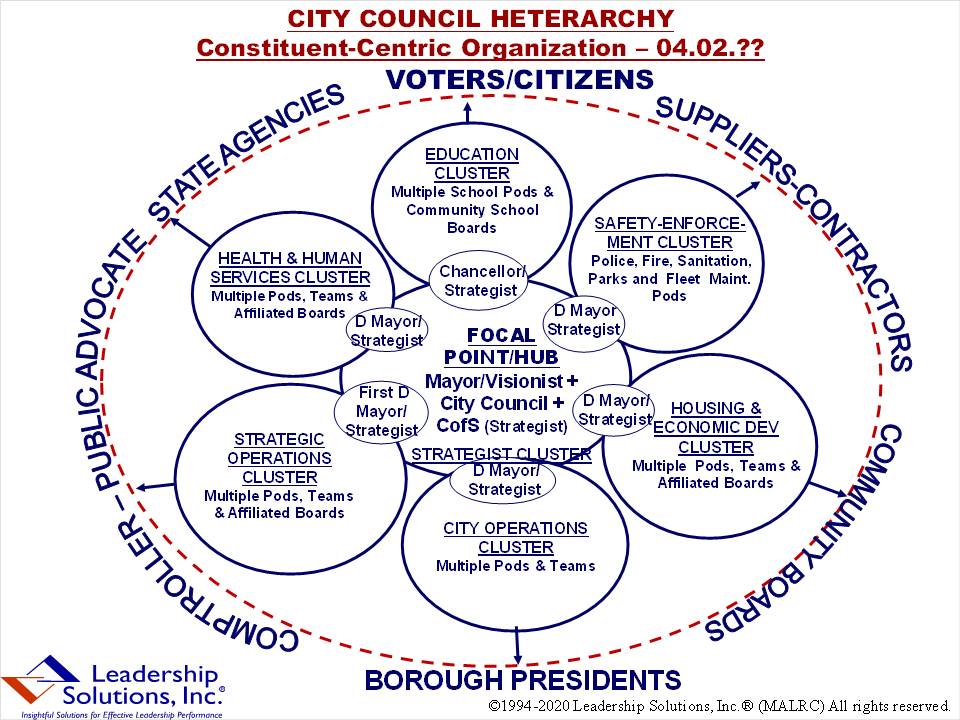by Peter A. Arthur-Smith, Leadership Solutions, Inc.®
“Examples include the intelligence community’s failure to ‘connect the dots’ before the attacks of 9/11 and the failure of financial regulators to see the imbalances building up to the 2008 financial crash.” Wall Street Journal article: ‘The Enduring Lessons of the Challenger Disaster,’ January 2021

It’s also reminiscent of the very recent US Capitol riot, where within hours of the rampage news outlets were questioning why the Capitol Police commander had not requested National Guard reinforcements in advance of the mayhem. There’s every reason to believe, if he had done so, the damage and physical mayhem would have been minimal. It creates two parties to cause a breakdown in order: one to cause it and one to contain it. The Capitol Police chief was subsequently dismissed. Somehow commonsense ideas were realized with hindsight rather than foresight.
Of course we have today’s disaster, where governments didn’t accurately predict and position themselves to respond to the 2019 Covid pandemic. These are all failures of our current hierarchical and bureaucratic government systems. The above quoted article went on to disclose that: “The likely causes of the Challenger explosion – faulty O-rings in the booster rockets – were publically discussed within hours…” In other words, as a later inquiry showed, the issues were known in advance but were suppr-essed by the prevailing command-and-control bureaucracy.
Let’s take a look at three prime drawbacks of hierarchies. They encourage bureaucracy, are myopic, and are based upon individual performance or heroics. When it comes to bureaucracy, hierarchies demand that its employees stick to the chain-of-command. This author has a copy of New York City’s most recent organization chart, which shows at least ten layers between its frontline workers and the Mayor’s office. Every level has its own rules and regulations within the city’s overall rules and regulations. And woe-betide any worker who steps outside those rules and regulations…outsiders be damned!
When it comes to myopia, governments and institutions are well known for placing their own interests above their constituents-voters, who are perceived at the bottom of the hierarchical totem-pole. When it comes to their “employees,” they are all assigned individual job descriptions and goals and are expected to act in lockstep with their mission and command-and-control set-up. This is totally fixated on the hierarchy’s needs rather than their constituents’ expectations. Have you been to your city office lately?
Now let’s transform that city overwhelming hierarchy into a heterarchy. You can note a heterarchy’s simplest form above, where there are up to six operating pods/clusters that work in concert with the Visionist/ Pathfinder – or Mayor – to meet their city’s needs. Why six: because working evidence shows that ventures begin to fragment when they are more than six constellations, consequently require bureaucratic forces to keep them in line. A pod denotes a specialist domain, whereas a cluster connotes disparate specialties within one domain.
 |
Without going into extensive detail, we can now perceive city governments being transformed into heterarchies: as per the immediate above example. It is based upon such government entities focusing on regulatory, enforcement and safety issues – which they are generally good it – and allowing all other constituent services be contracted to outside providers. These latter ventures are usually far more effective at providing such services be that street servicing, sanitation needs, education services, health needs, and so on. These are all done within a well thought out framework of leadership principles and guidelines versus rigid management policies and procedures.
You will also note that it reduces the number of domains and role levels – no more than 3-5 within a heterarchy, from frontline contributor (not employee), to team leader, to value-added group leaders, to strategists and ultimately to their Visionist – as opposed to ten levels. It minimizes myopia because all are focused outwardly onto assigned constituents. Assignments and rewards are based upon team rather than individual heroics, wherever possible. The smallest team being a “pair,” where those complementary-comp-etence pairings are among the most productive work units you will find – police patrols or ambulance crews.
Additionally, a heterarchy embodies a leadership value model and is therefore highly people and progress oriented. Our traditional government and institution model is based upon conventional management workings of systems and processes. We observe that occurring in our governments and institutions in huge doses, which is why everything creaks along and the world passes them by.
And so, even if the heterarchy has its own flaws, it minimizes bureaucracy, myopia and individual, self-interested behavior that we experience today. Because heterarchies are outwardly rather than inwardly focused – on the people at the top of hierarchies – they are much better positioned to anticipate events and therefore minimize the possibility of catastrophes as outlined at the outset of this article.
To learn more about collaborate and teamwork talk with:
